Developer Offer
Try ImaginePro API with 50 Free Credits
Build and ship AI-powered visuals with Midjourney, Flux, and more — free credits refresh every month.
Choosing Your AI Partner Claude Versus ChatGPT
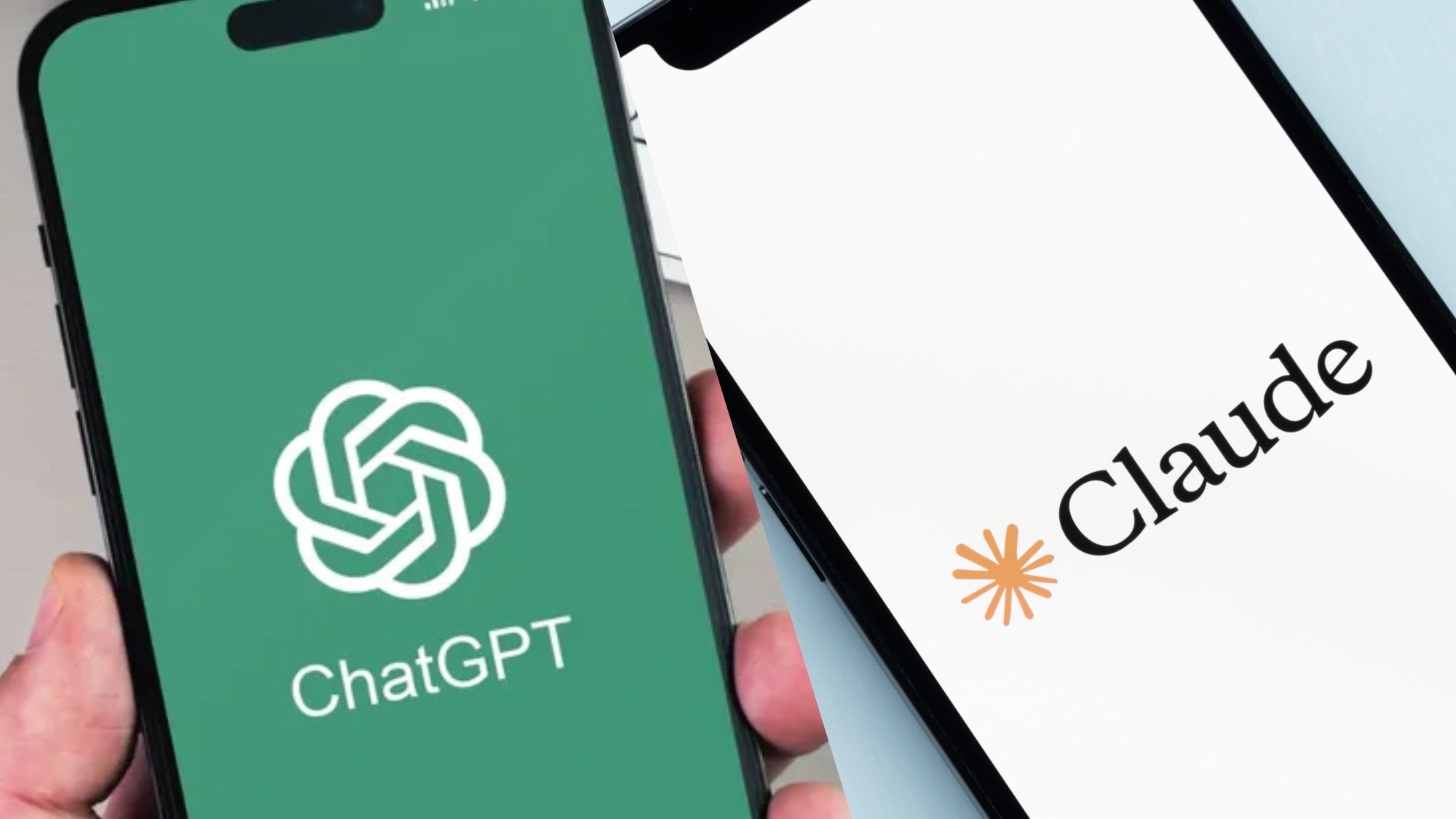
Not all chatbots are created equal. OpenAI’s ChatGPT and Anthropic’s Claude are two of the most capable AI assistants available today, but they’re built with different strengths, personalities, and design philosophies.
Whether you're looking for a creative collaborator, a coding partner, or an all-in-one productivity tool, knowing how they compare can help you choose the right one for your style and needs. As someone who has tested AI chatbots for years, let me break down the key differences between ChatGPT and Claude.
Claude 4 vs ChatGPT Overview
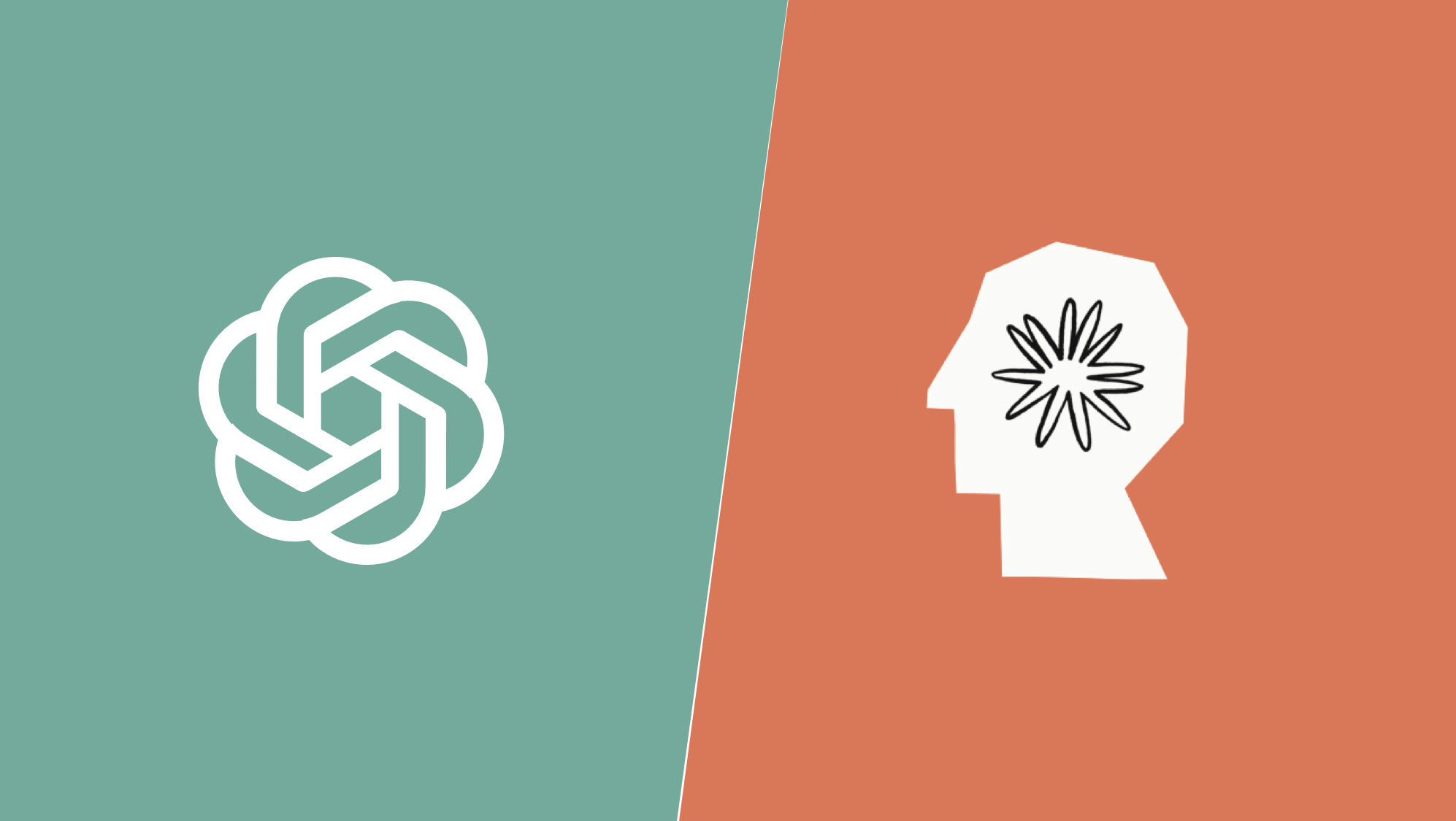
While many users look forward to ChatGPT-5, OpenAI’s current flagship model is GPT-4o, short for “Omni.” It is the company’s most advanced base model to date, supporting multimodal input and output. This means it can understand and respond to text, images, and audio, enabling real-time interactions like natural voice conversations and image generation.
Anthropic’s Claude 4, released in May 2025, comes in two versions. Claude Sonnet 4 is the free, fast, general-purpose model built for everyday use. In contrast, Claude Opus 4 is a premium model designed for deep reasoning, advanced coding tasks, and handling large-scale context. It’s built to power more complex workflows and long-form problem-solving.
Platform Availability
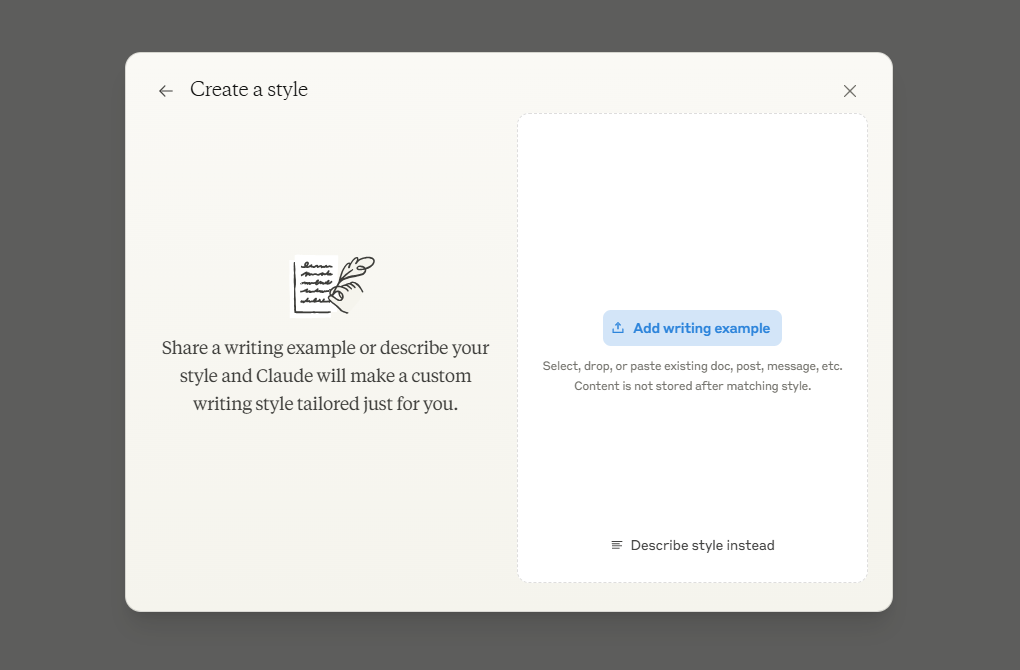
ChatGPT is available on the web, iOS, and Android. It’s also tightly integrated into Microsoft’s ecosystem through Copilot in Bing, Word, Excel, and other Office apps.
Claude 4, meanwhile, is accessible via its website, claude.ai, on the web, iOS, and Android. Developers and enterprise users can also access Claude through the Anthropic API and platforms like GitHub Copilot, AWS Bedrock, and Google Cloud’s Vertex AI.
Context and Memory
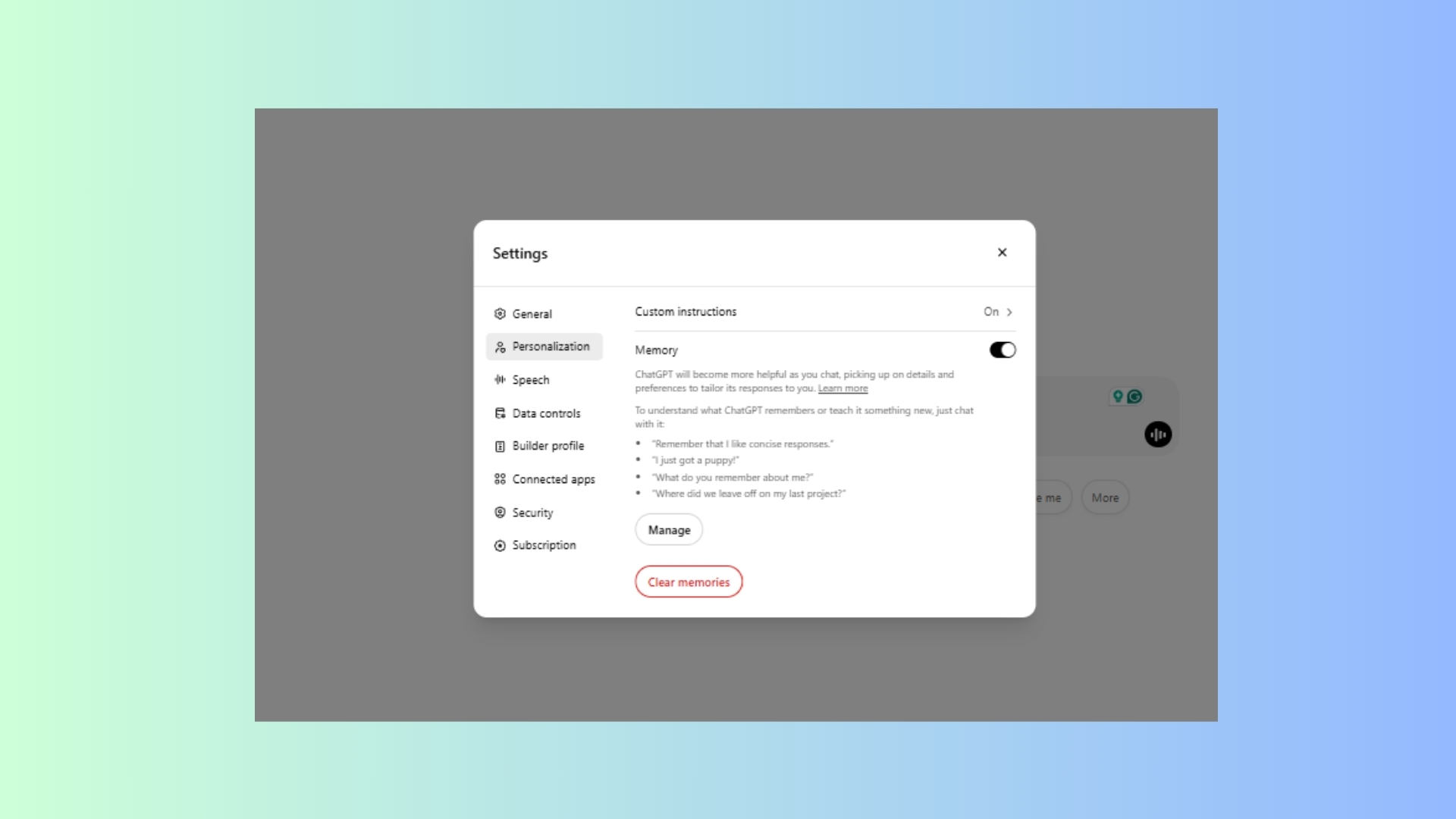
ChatGPT, powered by GPT-4o, offers strong conversational memory and supports multimodal input, including text, images, audio, file uploads, and code execution. Users can personalize interactions with memory settings and even build custom GPTs for specific tasks.
Although Claude does not have a dedicated memory feature, Claude 4 supports up to 200,000 tokens of context. This allows it to handle and retain significantly more information in a single conversation, equivalent to over 500 pages of text.
Reasoning and Capabilities

ChatGPT offers fast, responsive performance and is particularly strong when paired with tools like Microsoft Copilot. Its reasoning abilities are enhanced by plugins, file uploads, and its new Agent feature, which can browse the web, execute tasks, and automate workflows across apps.
Claude Sonnet is similarly fast and excels at maintaining depth and continuity in conversations, making it a strong writing partner or analytical assistant. Claude Opus takes this further with support for multi-hour workflows, legal reasoning, code explanation, and complex research. On industry benchmarks like SWE-bench, Claude Opus ranks among the top performers for software engineering use cases.
When it comes to multimodal support, ChatGPT offers more with in-chat image generation, visual context, and real-time voice conversations. Claude supports image input and visual understanding, but it cannot generate images and does not offer real-time conversational chat.
Tone and Interaction Style
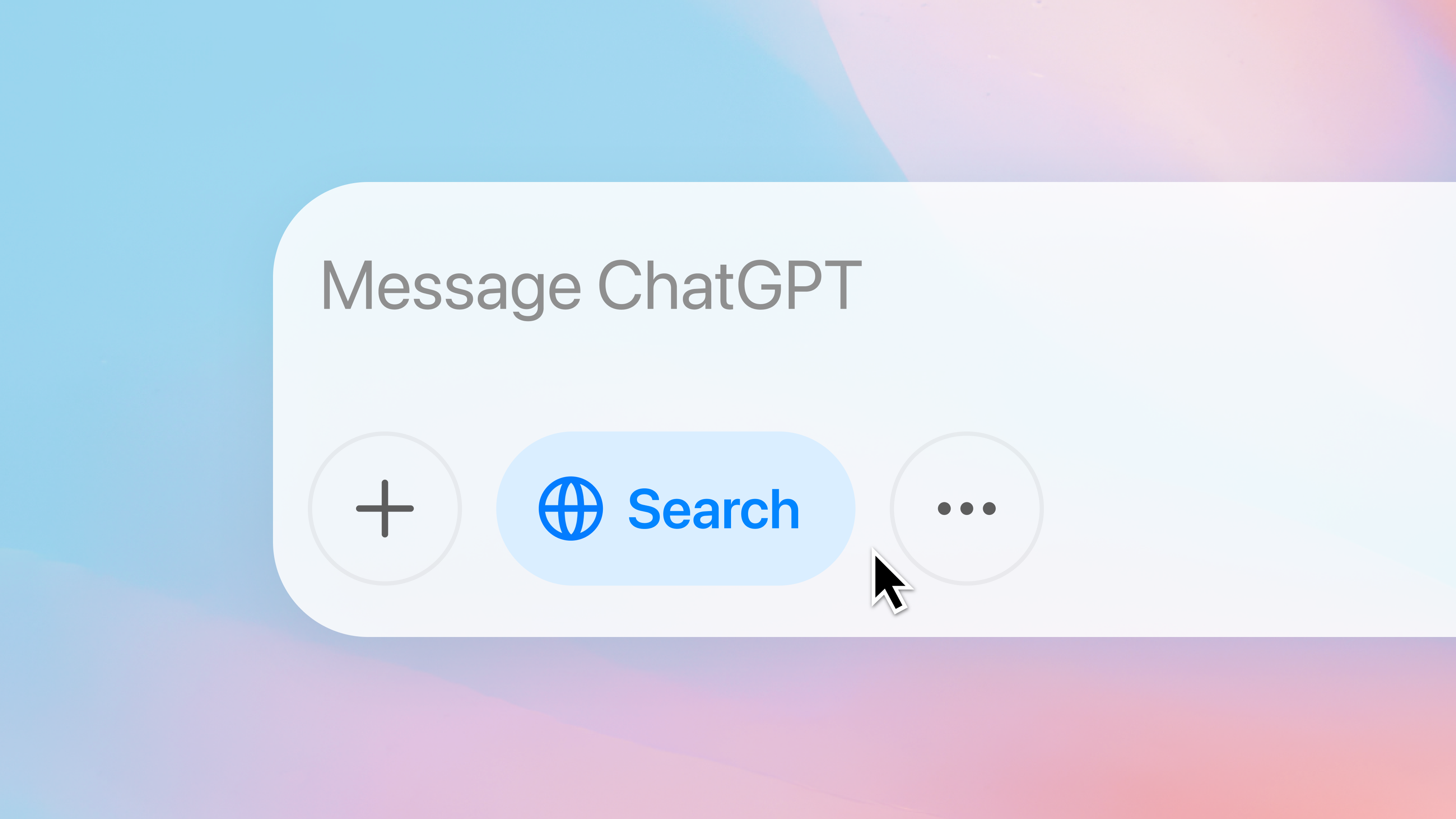
Claude 4, especially its Sonnet version, stands out for its natural, thoughtful tone. It often feels more like a helpful assistant, offering clear explanations and a calm, conversational flow. If you’re writing or brainstorming, Claude tends to feel more human in its engagement.
ChatGPT is professional, polished, and highly adaptable, able to shift tones based on user preference or the task at hand. It is arguably more chatty than Claude, which appeals to some users more than others.
Tool Integrations and Agent Capabilities
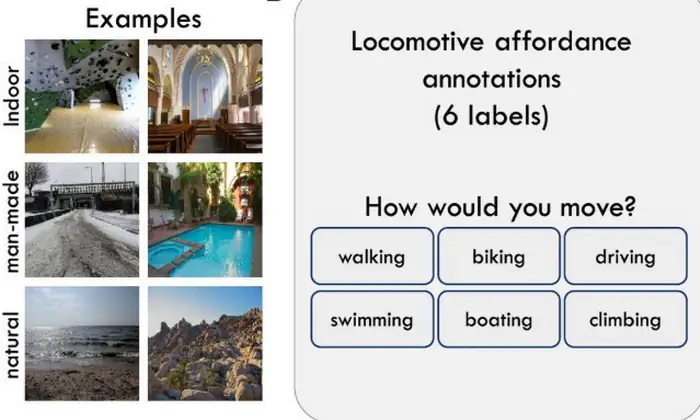
ChatGPT supports a broad set of integrations, including custom GPTs, an extensive plugin ecosystem, and Microsoft Copilot. Its new ChatGPT Agent feature allows it to take real action on your behalf, like browsing the web, interacting with forms, and generating presentations, all within a secure environment.
While Claude 4 doesn’t offer a native agent feature through its interface, it supports tool use and extended workflows via its API. It also integrates with GitHub Copilot, AWS Bedrock, and other developer platforms, making it a strong option for those building their own agentic systems.
Why choose ChatGPT over Claude?
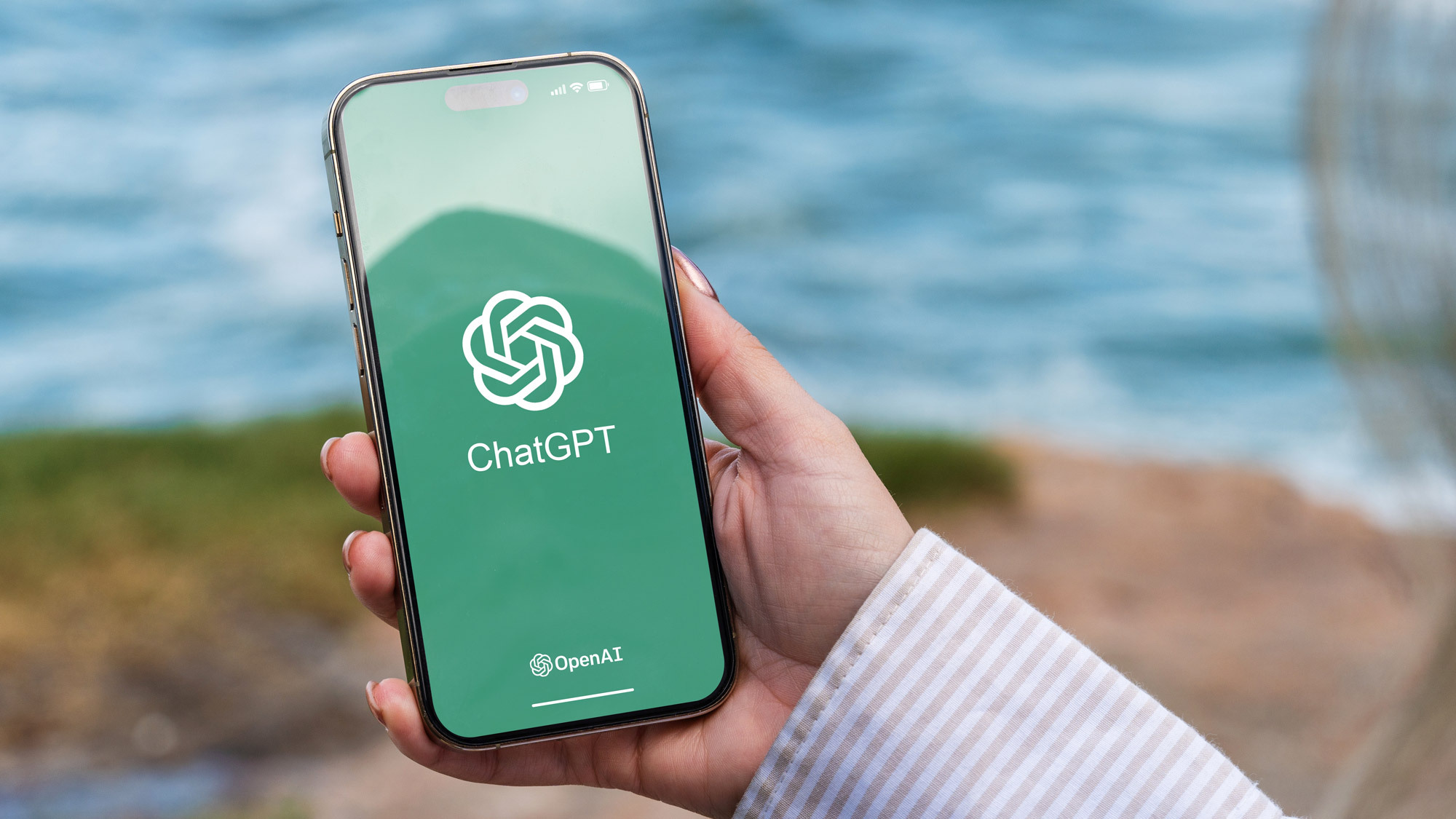
If you're looking for an all-in-one AI assistant, ChatGPT is the more versatile choice. It can speak, see, listen, browse, generate images, analyze documents, and automate tasks. Its voice mode is remarkably human and useful for a hands-free experience. The ability to create and understand images adds a layer of functionality that Claude doesn’t natively support.
ChatGPT also integrates seamlessly with Microsoft products and lets users build custom GPTs tailored to specific needs. For power users, the new ChatGPT Agent adds a level of autonomy that is unmatched in most other consumer-facing AI tools.
Why choose Claude over ChatGPT?

Claude 4 shines in natural language understanding and thoughtful conversation. It’s ideal for users who prioritize clarity, warmth, and coherence in writing, editing, and reasoning. Whether you’re crafting long-form content or analyzing dense documents, Claude delivers consistently thoughtful and easy-to-follow responses.
Its 200K-token context window makes it the better choice for handling long inputs like research papers or legal contracts. Claude Opus, in particular, is built for high-stakes reasoning tasks and delivers top-tier performance for technical, legal, and academic work. Even better, Claude Sonnet 4 is free, making it an excellent entry point for users who want capable AI without paying for a subscription.
Final thoughts
Both ChatGPT and Claude are powerful chatbots used daily, but they serve different purposes. ChatGPT is the go-to for versatility, real-time interaction, and multimodal tasks. In contrast, Claude is better suited for summarizing, reasoning, deep context, and analytics.
Knowing what each excels at can help you choose the right assistant or even mix and match them based on what you're trying to accomplish. Which chatbot do you prefer and why? Let us know in the comments.
Compare Plans & Pricing
Find the plan that matches your workload and unlock full access to ImaginePro.
| Plan | Price | Highlights |
|---|---|---|
| Standard | $8 / month |
|
| Premium | $20 / month |
|
Need custom terms? Talk to us to tailor credits, rate limits, or deployment options.
View All Pricing Details

